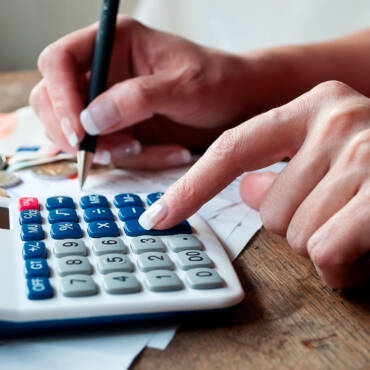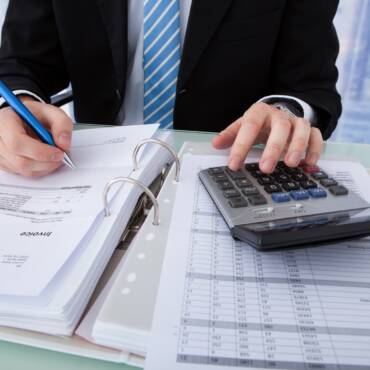Common Types Of Slip And Fall Accidents
Slip-and-fall accidents are prevalent, leading to injuries ranging from minor bruises to severe fractures and head trauma. Property owners have a duty to maintain safe premises and protect visitors from potential hazards. When this duty is breached, and injuries occur as a result, slip-and-fall cases may arise.
Wet Or Slippery Surfaces
Wet or slippery surfaces are among the leading causes of slip and fall accidents, particularly in high-traffic areas such as entrances, lobbies, restrooms, and walkways. Spills, leaks, tracked-in rainwater, or freshly mopped floors can create hazardous conditions, increasing the risk of slips and falls. Failure to promptly clean up spills, provide warning signs, or implement slip-resistant flooring increases the likelihood of accidents. Property owners, managers, and employees are responsible for monitoring potential slip hazards, promptly addressing spills, and taking preventive measures to minimize the risk of accidents.
Uneven Or Defective Surfaces
Uneven or defective surfaces pose significant pedestrian hazards, increasing the risk of trips and falls. Cracked sidewalks, uneven flooring, loose floorboards, torn carpeting, or protruding objects create tripping hazards that can catch unsuspecting individuals off guard. Insufficient lighting, obscured obstacles, or inadequate signage further exacerbate the risk of accidents, particularly in dimly lit areas or poorly maintained properties. Property owners must regularly inspect their premises, identify potential hazards, and promptly repair or replace defective surfaces to prevent slip and fall accidents.
Inadequate Lighting
Inadequate lighting contributes to slip and fall accidents by impairing visibility and hindering individuals’ ability to detect potential hazards. Dimly lit stairwells, poorly illuminated hallways, or dark parking lots increase the likelihood of accidents, especially during nighttime or inclement weather conditions. Insufficient lighting can obscure obstacles, changes in elevation, or uneven surfaces, making it difficult for pedestrians to navigate safely. Property owners should ensure adequate lighting throughout their premises, especially in areas with high foot traffic or known hazards, to enhance visibility and reduce the risk of slip and fall accidents.
Lack Of Handrails Or Guardrails
The absence of handrails or guardrails on stairs, ramps, balconies, or elevated walkways contributes to slip and fall accidents, particularly among individuals with mobility issues or balance impairments. Handrails provide stability and support for individuals navigating stairs or inclines, reducing the risk of falls and injuries. Similarly, guardrails serve as protective barriers, preventing individuals from accidentally stepping off elevated platforms or walkways. Failure to install or maintain handrails and guardrails in compliance with building codes and safety regulations exposes property owners to liability in slip and fall cases. Property owners should ensure that handrails and guardrails are securely installed, properly maintained, and meet applicable safety standards to protect visitors from potential hazards.
Have You Been Injured?
Property owners have a duty to maintain safe premises, identify potential hazards, and take reasonable measures to prevent slip and fall accidents. By addressing common causes of slip and fall accidents through regular maintenance, hazard identification, and implementation of preventive measures, property owners can reduce the risk of injuries and create safer environments for visitors and patrons.




